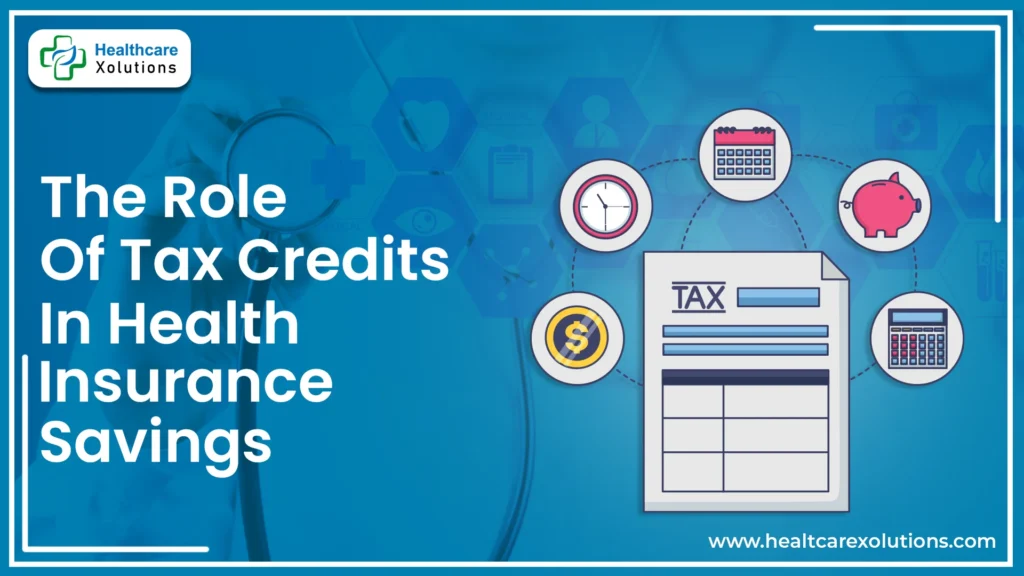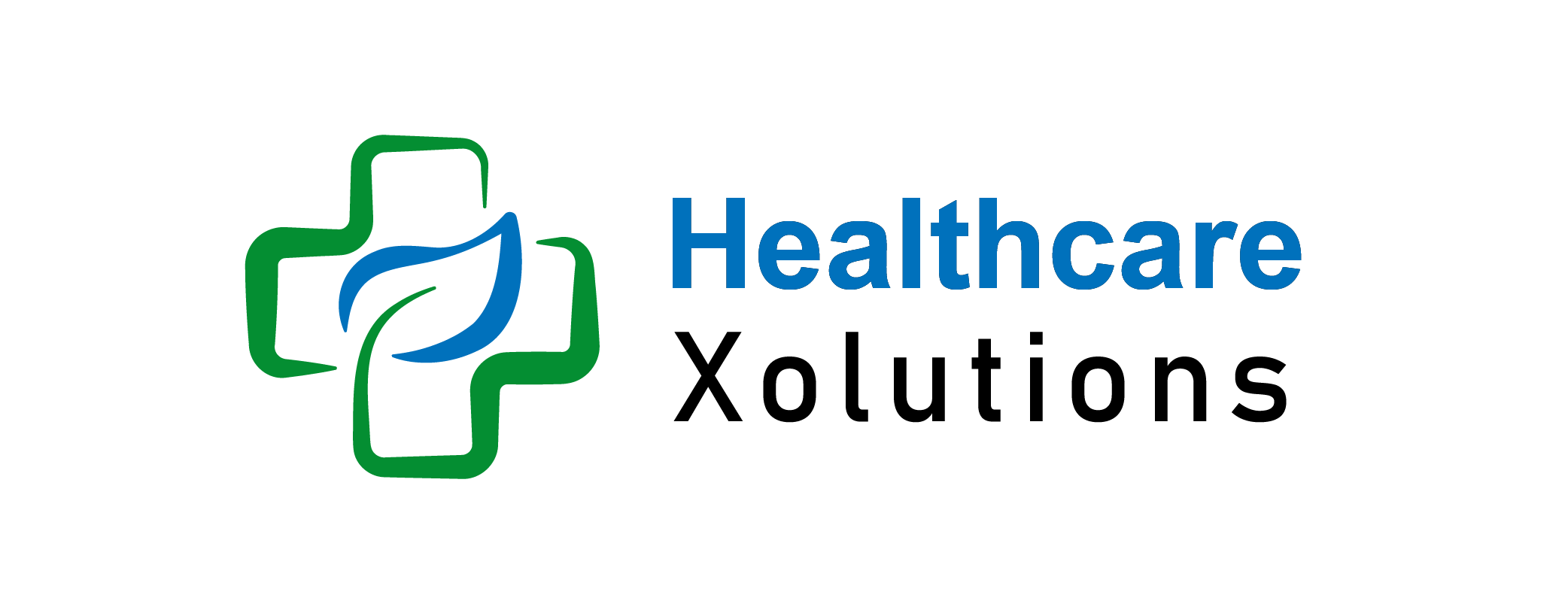The Role of Tax Credits In Health Insurance Savings | 2025 Guide

Health insurance is essential for financial stability, yet premiums often strain budgets. Tax credits, especially those introduced under the Affordable Care Act (ACA), help millions afford comprehensive coverage by reducing premiums. This article explores how these tax credits work, who qualifies, and their broader impact on economic and healthcare accessibility.
Key Takeaways:
- Direct Savings: Tax credits reduce monthly premiums for eligible individuals.
- Income-Based Benefits: Most help goes to households earning 100%–400% of the FPL.
- Advance Payments: Credits applied upfront ease financial burdens.
- Broader Impact: Lower costs promote preventive care and reduce uninsured rates.
Table of Contents
Understanding Tax Credits For Health Insurance:
Tax credits are government-provided financial incentives directly reducing health insurance premiums. Unlike deductions that lower taxable income, credits directly reduce the amount of tax owed. The ACA introduced premium tax credits, allowing lower-income families to afford health insurance through government marketplaces.
How Tax Credits Work In Health Insurance Savings?
1. Income-Based Eligibility:
- Typically available for households earning 100%–400% of the FPL.
- States with Medicaid expansion may offer partial benefits above 400%.
2. Advance Payments:
- Credits are applied directly to monthly premiums, reducing upfront costs.
- This feature simplifies budgeting for health insurance.
3. End-of-Year Reconciliation:
- If your income exceeds expectations, you may need to repay part of the credit.
- If you qualify for more, you could receive a tax refund.
4. Marketplace Plans:
- Tax credits are only available for plans purchased through government health insurance marketplaces, encouraging regulated and comprehensive coverage.
Benefits of Tax Credits In Health Insurance:
- Reduced Premium Costs: Lower monthly insurance expenses make healthcare more accessible.
- Encouraged Preventive Care: Affordable coverage promotes early detection and disease prevention.
- Lower Uninsured Rate: Tax credits help more people gain coverage, boosting population health.
- Economic Stability: Reduced health insurance costs free up funds for essentials like housing and education.
Challenges and Considerations:
- Eligibility Complexity: Income fluctuations can complicate qualification.
- Reconciliation Risks: Unexpected income changes may result in repayment obligations.
- Limited Options: Marketplace plans may not offer the same flexibility as private plans.
Conclusion – Role of Tax Credits In Health Insurance Savings:
Tax credits play a vital role in making health insurance affordable, reducing premiums, and encouraging preventive care. However, understanding eligibility and reconciling credits require careful planning. As healthcare policies evolve, tax credits will remain crucial for affordability, empowering millions to access the coverage they need for a healthier future.
FAQs:
Do you have to pay back the tax credit for health insurance?
Yes, if your income exceeds the reported amount at tax time, you may need to repay part of the credit.
Who qualifies for the premium tax credit?
Households earning 100%–400% of the federal poverty level (FPL) typically qualify.
How does the healthcare tax credit affect my tax return?
It reduces taxes owed. Reconciliation adjusts credits based on your actual income.
What are the income limits for the premium tax credit?
Income limits are based on the FPL. For a family of four in 2024, 100%–400% of the FPL ranges from $30,000–$120,000.
What disqualifies you from the premium tax credit?
Having employer-provided insurance deemed affordable, other coverage options, or earning above 400% of the FPL may disqualify you.
